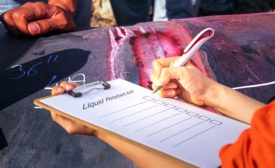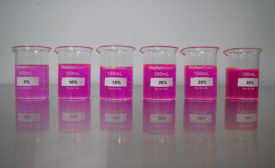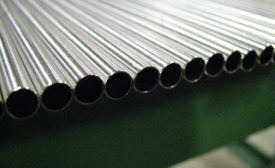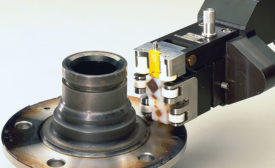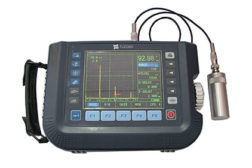Home » Keywords: » liquid penetrants
Items Tagged with 'liquid penetrants'
ARTICLES
NDT | Back 2 Basics
Providing the inspectors with good equipment in the first place can prevent future audit problems.
Read More
Use of Method D Hydrophilic Emulsifier
Learn about the Method D liquid penetrant inspection nondestructive testing method, including basic steps for using a refractometer, preparing an emulsifier concentration chart, and determining hydrophilic emulsifier concentration.
October 8, 2018
Nondestructive Testing of Implanted Medical Device Materials
Detecting defects in medical devices before they are implanted is critical to ensure the safety and reliability of such devices.
April 1, 2017
Nondestructive Flaw Detection in Metallic Components
A closer look at liquid penetrant and magnetic particle inspection, ultrasonic testing and eddy current testing.
August 4, 2015
Quality 101
Ultrasonic Flaw Detectors...And Beyond
A history of the discovery of the tools of nondestructive technology.
April 19, 2013
Get our new eMagazine delivered to your inbox every month.
Stay in the know with Quality’s comprehensive coverage of the manufacturing and metrology industries.
SIGN UP TODAY!Copyright ©2024. All Rights Reserved BNP Media.
Design, CMS, Hosting & Web Development :: ePublishing
